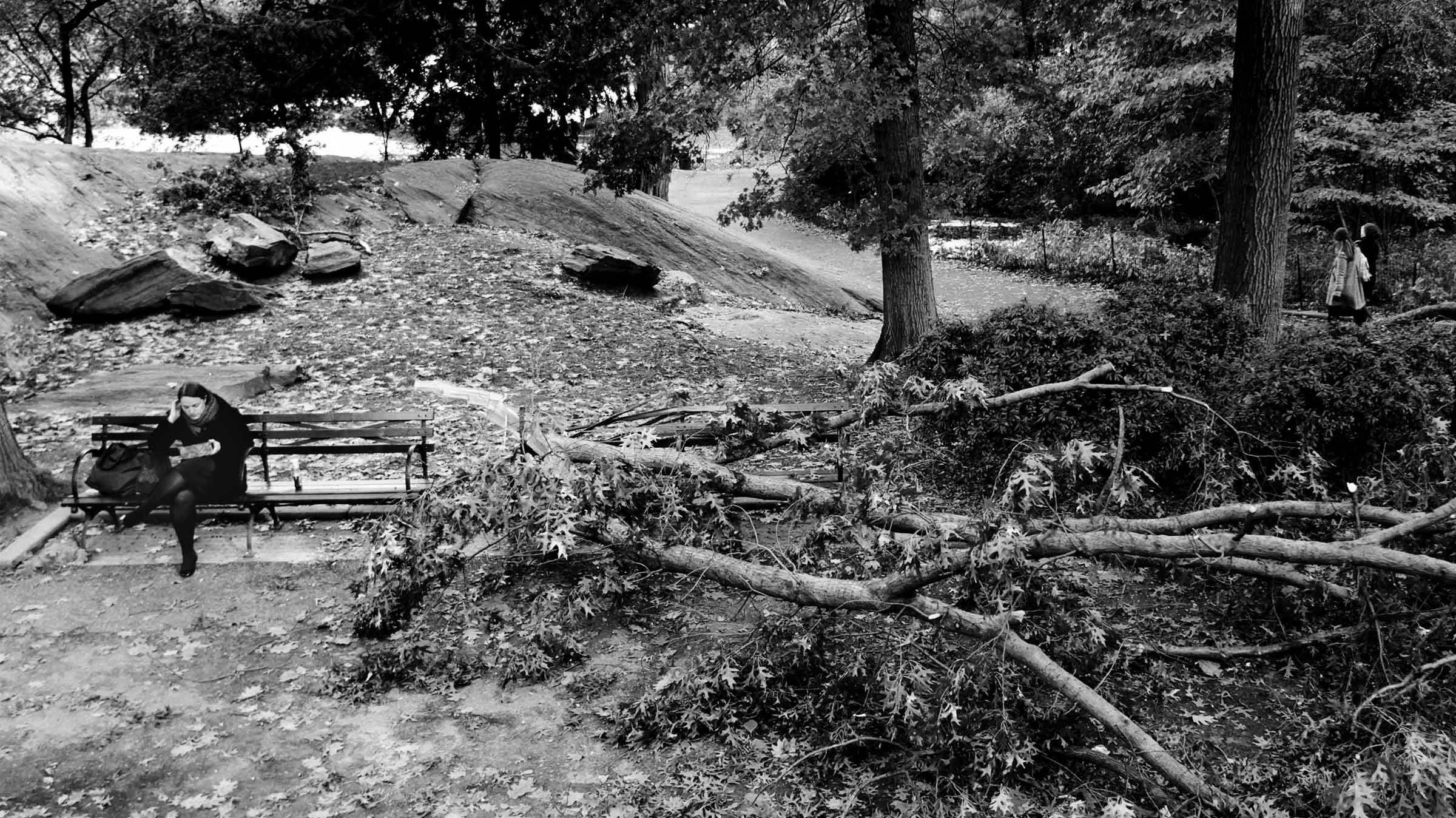On Tuesday, the Center for an Urban Future published their state of union on the New York public parks and the prognosis isn’t great. Decades of neglect have left all the parks across all five boroughs with serious infrastructure challenges, with a clear divide depending on the area. When researchers tried to calculate the last time a park was majorly upgraded in each borough, the average for Manhattan was 2002 and for Queens, it turned out to be ten years previous.
The report is the culmination of a year’s worth of reporting. Using data from the Department of Parks and Recreation alongside interviews with over 90 park officials, park volunteers, open space advocates, elected officials, landscape architects, and horticulture experts both in New York and across the country, the conclusion is that its not just greener pastures that are being neglected but public space infrastructure as a whole.
The average park in the state was built before World War II. The average park age across all five boroughs is half a century. Without any significant investment in these space for decades, the neighborhood level insights from the report reveal that parks and playgrounds in low and middle-income communities are actually decaying. Based in Harlem, founder of Friends of Thomas Jefferson Park, Marie Winfield, revealed that “Thomas Jefferson Park had one of the highest playground injury rates in the city.”
The reasons mainly come down to funding. All too often parks are chocked of any ongoing maintenance and are left to degrade until the point of major restoration. As the cash trickles in, it has to get spread thin and wide. New York City Council Member Andrew Cohen has pointed out that parks are often left to disintegrate and then are rebuilt. Too few staff—including plumbers, masons, and gardeners coupled with archaic infrastructure (many parks drainage systems still use clay pipes from the mid-20th century)–means parks are grinding to a halt. Out of the 65 parks the center surveyed, nearly half had notable drainage issues. Susan Donoghue, administrator of Prospect Park and president of the Prospect Park Alliance said they struggle with flooding. “Our drains are old and broken and need to be fixed. It’s debilitating, and we can’t keep up.”
Parks in low-income high-density areas are visibly deteriorating according to the study. These neighborhoods count 150 gardeners for roughly 20,000 acres of park space, crumbling walls, drainage issues and damaged bridges going under the radar. At over 35 percent of the 65 parks visited, horticultural problems, such as dead plantings or rampant weeds were commonplace.
The solution basically comes down to how the city funds parks. The report plainly states that the capital budget is largely cobbled together through discretionary funding, meaning the un “sexy” projects like drainage fall by the wayside. If the city doesn’t learn its lessons from the slow-motion nightmare of the MTA’s subway issues, public space will face a similar breakdown. “Just as years of underinvestment in New York’s century-old subway system led to a transit crisis, the maintenance challenges at city parks could quickly get a lot worse if more isn’t done to upgrade and maintain these aging assets.”
Public parks are the only chance most New Yorker’s get at being outside. Outdoor space is worth about half as much per square foot as the square footage inside an apartment. New York developed some of the first parks in the country, and with De Blasio revealing a $400 Million New York City Housing Rehab Plan yesterday, we need to start talking about our parks in the same breath as others public resources, and hopefully claw them back from the critical prediction.







